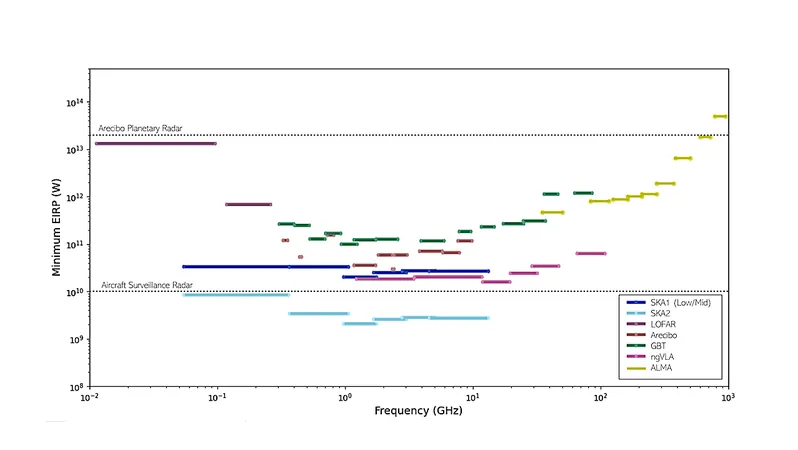
Alarm Bells Ring as U.S. Faces Possible Human Cases of Bird Flu – What You Need to Know!
2024-11-20
Author: Wei
Alarm Bells Ring as U.S. Faces Possible Human Cases of Bird Flu – What You Need to Know!
In a startling development, the United States is witnessing a worrying spike in human cases of avian influenza A(H5N1), commonly referred to as bird flu, particularly among poultry and dairy workers. This notorious virus has been particularly rampant in the Midwest, raising serious concerns regarding potential human-to-human transmission and its possible implications for public health.
California Reports Suspicious Case
Most recently, the California Department of Public Health (CDPH) announced that a child in Alameda County has tested positive for a suspected case of H5N1 avian flu. The child exhibited mild upper respiratory symptoms and notably has had no contact with infected animals. If this case is confirmed, it will mark a significant moment in North America, being the second case this year that involves a child with no identifiable exposure to sick farm animals. Alarmingly, this would be the 27th H5N1 case reported in California this year, and the first not directly linked to infected poultry or dairy animals.
Authorities are currently investigating the child's potential exposure to wild birds, given the geographical spread of the virus along migratory routes. While Alameda County lacks commercial dairy herds, the child's attendance at daycare during symptomatic periods has prompted health officials to notify other contacts and administer preventive treatments as a precautionary measure.
The child's initial test revealed only a low-level detection of the virus, indicating a low likelihood of infectivity. Follow-up tests yielded negative results, and other respiratory viruses were detected, suggesting they might be the cause of the child's symptoms. Specimens have been sent to the CDC for higher-level confirmation.
CDC Confirms First U.S. Case with Unknown Exposure
On September 6th, the CDC confirmed a significant milestone, reporting a human case of H5N1 avian influenza in Missouri. This particular instance was notable as it involved a person who had no known exposure to sick poultry or livestock. The patient, who had existing health concerns, required hospitalization but has since recovered. This case, along with the recent one in California, raises red flags about the possibility of unidentified transmission vectors outside traditional poultry exposures.
What’s Happening Across the U.S. and Canada?
As fear escalates, other regions are also reporting H5N1 developments. Oregon confirmed its first human case linked to an outbreak with infected birds, but officials maintain that the risk remains low, as there is currently no evidence of person-to-person transmission. Meanwhile, Canada reported its first locally acquired H5N1 infection in a critically ill teenager, with the virus closely matching strains found in local poultry amidst rising poultry outbreaks.
Final Thoughts: Should You Be Worried?
Public health officials insist that no evidence has emerged that H5N1 can spread from person to person—something that hasn't been documented in over 15 years. Yet, the ongoing investigations aim to unveil the potential sources of these infections. Health authorities are closely monitoring the situation and urging the public to remain informed about the evolving landscape of the avian flu.
As the situation unfolds, vigilance remains vital. Are we on the cusp of a wider public health crisis, or will these cases be contained? Stay tuned for more updates as health officials provide new guidance and insights into these alarming developments!



 Brasil (PT)
Brasil (PT)
 Canada (EN)
Canada (EN)
 Chile (ES)
Chile (ES)
 España (ES)
España (ES)
 France (FR)
France (FR)
 Hong Kong (EN)
Hong Kong (EN)
 Italia (IT)
Italia (IT)
 日本 (JA)
日本 (JA)
 Magyarország (HU)
Magyarország (HU)
 Norge (NO)
Norge (NO)
 Polska (PL)
Polska (PL)
 Schweiz (DE)
Schweiz (DE)
 Singapore (EN)
Singapore (EN)
 Sverige (SV)
Sverige (SV)
 Suomi (FI)
Suomi (FI)
 Türkiye (TR)
Türkiye (TR)